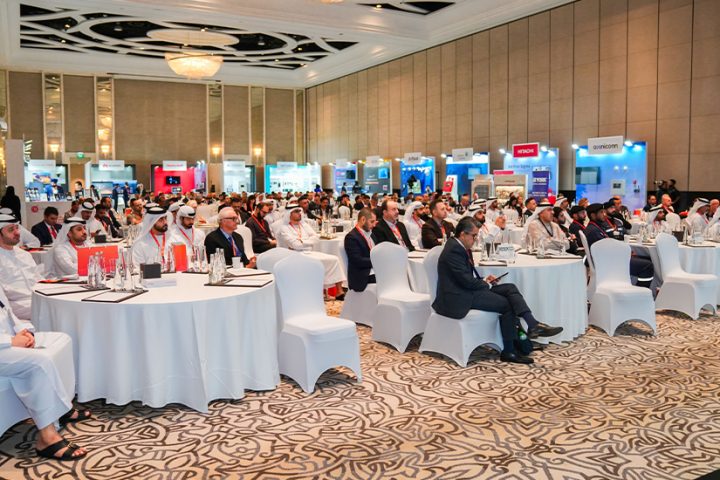While many businesses are putting their first year of UAE VAT compliance behind them with the filing of their final 2018 VAT return, others cannot look to 2019 before completing their year-end VAT Apportionment Review. The process is indeed a complex one – even within a mature VAT regime, where VAT apportionment is a long-standing mechanism undertaken by businesses across many sectors.
Businesses in the UAE that have a mixture of taxable and exempt activities, need to ensure that they thoroughly understand the deduction and apportionment rules set out within the UAE VAT legislation, so as to ensure compliance and mitigate the risk of penalties. Timely completion of this exercise and declaration of adjustments on the correct VAT returns, is essential.
At a simplified level, during their first year of tax registration, businesses should have undertaken an exercise referred to as Direct Attribution for each VAT period. This involves the business assigning each expense, at a transaction level, to the activity that consumes it, in order to determine the business’ right to deduct any VAT incurred.
For businesses with both taxable and exempt activities, this exercise generally will have identified certain levels of mixed expenses which are not wholly attributable to either taxable or exempt activities, and as such must be apportioned as general business overheads and other similar costs that are expenses of the business as a whole.
The UAE VAT rules require an Input VAT apportionment method to be used by all businesses as the standard method. Therefore, this should have been used by all businesses on a period-by-period basis in 2018. A VAT Apportionment Review is now required by each business at the end of their tax year, with any resulting adjustments being declared in the first tax return of the next tax year. For example, for a business registered from 1 January 2018 on monthly VAT returns, the 2018 tax year apportionment review adjustments would be required to be declared in the January 2019 VAT return due for filing on 28th February 2019.
There are two potential adjustments that may be needed by businesses as a result of this review. The first is a through up between the apportionment completed on a period-by-period basis during the year and a year-end calculation based on actual values for the complete tax year: Any difference must be adjusted for.
The second is a comparison between the annual calculation using the standard method and one using a special method. The purpose of this is to ensure that the deduction entitlement granted to any particular tax payer is not distorted through the use of a standard method for all tax payers, when in fact one of the special methods may be more reflective of the actual use of these mixed expenses. Only differences greater than AED 250,000 should be adjusted for.
This tax year end VAT Apportionment Review should be built in to a business’ VAT Governance and Compliance procedures, so that it is completed each year on a timely basis and allows the business time to analyse the required adjustments and budget for any associated costs. Any level of automation in the process is also welcomed to ensure accuracy and mitigate the risk of human error.

Key takeaways
- UAE VAT rules require an Input VAT apportionment method to be used by all businesses as the standard method.
- Any level of automation in the process is also welcomed to ensure accuracy and mitigate the risk of human error.
- During first year of tax registration, businesses should have undertaken Direct Attribution for each VAT period.
Businesses having both taxable and exempt incomes need to especially monitor their process of VAT returns explains Joanne Clarke at Pinsent Masons.














